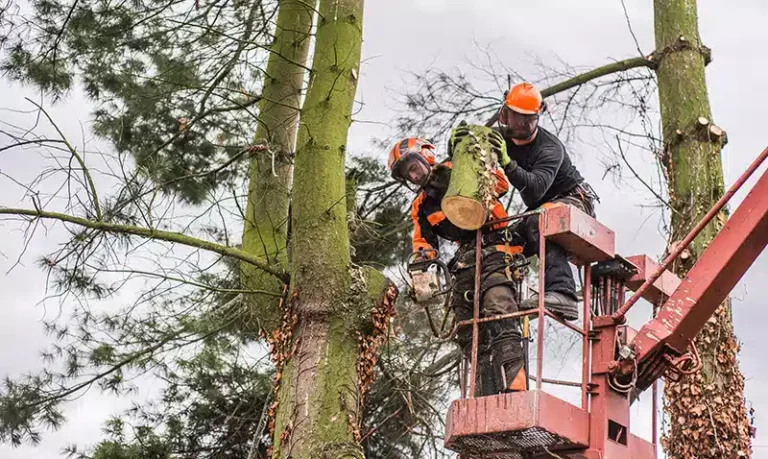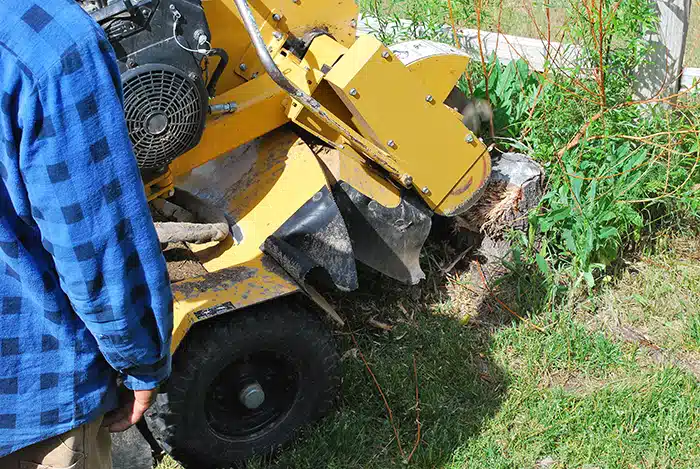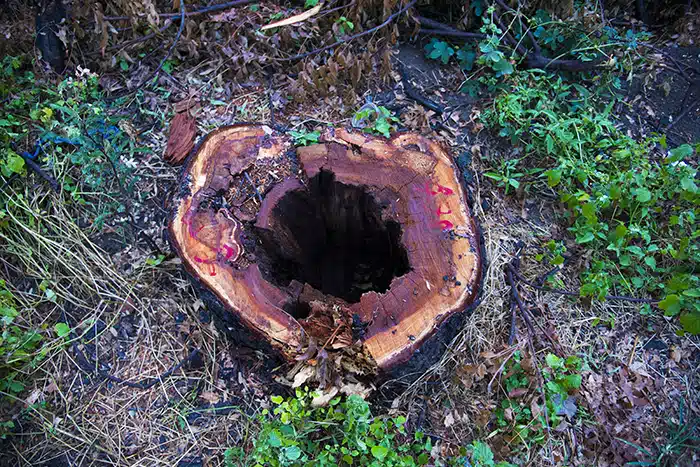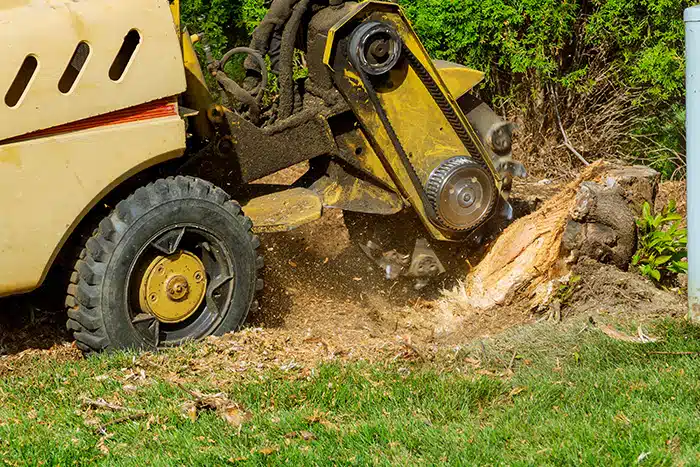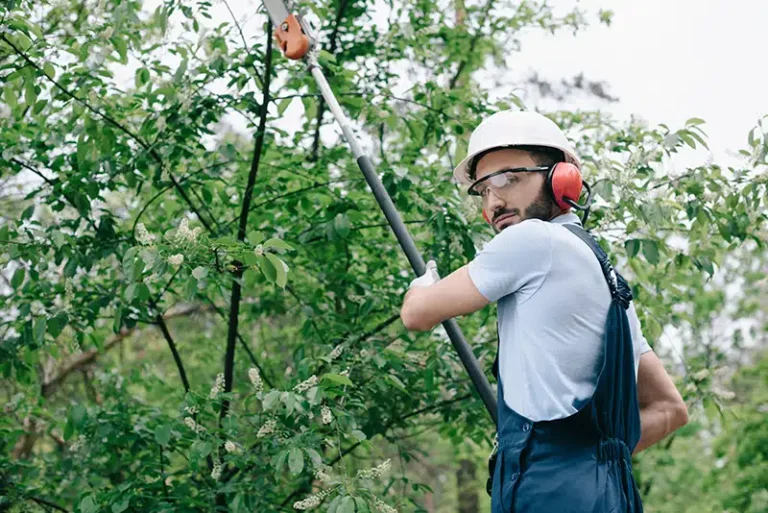How Can Tree Removal Prevent Damage During Storms?
Storms can cause serious damage to homes, vehicles, and property—and trees are often at the center of that destruction. While trees provide shade, beauty, and environmental benefits, they can become dangerous liabilities during high winds, heavy rain, or snowstorms.
Tree removal is a proactive solution that can protect your home and family before the next storm strikes. Understanding how tree removal helps prevent storm damage is essential for homeowners who want to stay ahead of potential hazards.
By identifying and removing risky trees before severe weather hits, you significantly reduce the likelihood of damage, power outages, and costly repairs.
Removes Dead or Dying Trees
Dead and decaying trees are structurally weak and more likely to fall during storms.
- They can snap easily under the pressure of strong winds or heavy snow.
- Rotten trunks or hollow cores reduce a tree’s ability to stay upright.
- Fungal growth or missing bark are often warning signs of serious decay.
- Leaning or unstable trees are especially dangerous and should be evaluated by professionals.
Even a medium-sized dead tree can cause thousands of dollars in damage if it falls on a roof or vehicle. Removing these weakened trees ensures they won’t become dangerous projectiles during a storm.
Prevents Falling Limbs from Causing Damage
Overgrown or damaged limbs are a major threat to roofs, vehicles, and power lines.
- Heavy branches can break off in high winds and fall without warning.
- Overhanging limbs above your home or driveway are especially risky.
- Storms can rip weak limbs from healthy trees, too—not just diseased ones.
- Cracked, split, or unbalanced limbs should be inspected and removed if necessary.
Even if the whole tree doesn’t fall, a single large branch can shatter windows, damage shingles, or injure someone nearby. Tree removal or selective trimming can eliminate these risks.
Protected Power Lines and Utility Connections
Trees too close to utility lines can cause power outages or fires during storms.
- Branches that touch power lines may spark and ignite nearby brush.
- Falling trees can pull down lines and interrupt neighborhood power supplies.
- Tree roots near underground lines can disrupt utilities if the tree falls.
- Utility companies may trim trees, but removal may be necessary if the risk is too high.
Clearing trees from these zones ensures your home—and your neighbors’—stay safer and powered during and after severe weather.
Prevents Uprooting from Saturated Soil
Heavy rainfall can loosen soil and cause entire trees to topple unexpectedly.
- Waterlogged soil provides less support for tree roots.
- Shallow-rooted trees are especially vulnerable in wet conditions.
- Large trees near slopes or structures are more likely to fall toward homes.
- Removing risky trees before rainy seasons can prevent emergencies.
Once the soil is saturated, it takes only a strong gust of wind to uproot even a healthy-looking tree. Removing those in unstable soil areas is a smart way to protect your property.
Improves Visibility and Access for Emergency Services
Overgrown trees can block driveways, roads, and emergency response access during storms.
- Blocked paths can delay fire trucks or ambulances if a storm causes damage.
- Fallen branches or trees on roads can isolate your home from help.
- Trimming or removing trees near access routes improves safety and response time.
- Well-maintained landscapes are easier for emergency crews to navigate.
Keeping access routes clear of hazardous trees means help can reach you faster if you ever need it during or after a storm.
Tree removal isn’t just about aesthetics—it’s a critical part of storm preparedness. Whether you’re dealing with dead trees, overhanging branches, or those growing too close to power lines, addressing these issues before bad weather strikes can save you from costly damage and personal danger.
By working with a certified arborist or tree service professional, you can assess your property’s risks and take proactive steps to secure your home. Investing in tree removal today could prevent disaster tomorrow.


